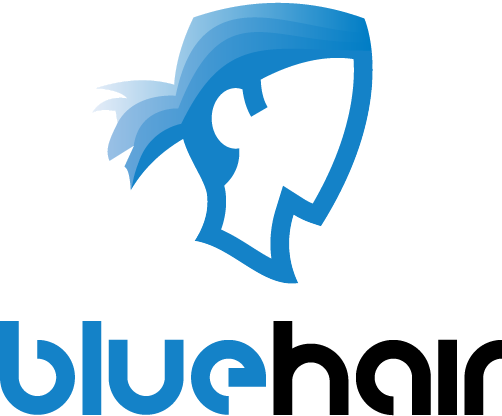Low-Fi prototyping: Cheap & easy, but damn good!
 Prototyping is an iterative process that allows you to test, evaluate and implement changes to your design during the developing process before arriving to a final solution, and experiential prototyping is no exception to this. The designer is thus encouraged to produce and test prototypes along the whole development process. But since prototyping can be very effort and time consuming, it is important to know what type of prototyping techniques are more appropiate at different stages.
Prototyping is an iterative process that allows you to test, evaluate and implement changes to your design during the developing process before arriving to a final solution, and experiential prototyping is no exception to this. The designer is thus encouraged to produce and test prototypes along the whole development process. But since prototyping can be very effort and time consuming, it is important to know what type of prototyping techniques are more appropiate at different stages.
The concept of prototype “fidelity” is defined by the level of detail used in making it, and dus how closely does the prototype resembles the “real thing”. For example, in software and graphical user interface design, low-fi prototyping can be achieved with simple tools such as paper and colored pencils, with which a quick and dirty sketch of an interface can be drawn on different sheets of paper and be tested (and most importantly fixed) on the run before any code is written at all, and it allows people from other disciplines to be able to collaborate.
low fidelity prototyping also adds the extra advantage of a quick and unfinished “look”, which will keep the clients or users more focused on what’s going on with it as it is seen as a work in progress, and not as much into details which a high-fi prototype might be communicating.
For the Virtual Goals project which we did some time ago, we used low-fi prototying at a very early stage, which proved to be very valuable to us, as we managed to test the working principle of our concept in a very cheap and simple, yet powerful manner.
As a quick reminder, the Virtual Goals consisted of a set of large surfaces in which different goal types could be displayed, and which had the ability to change according to certain game “modes” that the user could chose from and which were meant as a way of increasing the playabiliby of football. For us, the most important thing to test at this early stage, was whether or not this idea of changing goals would influence the game and wheter or not the users would enjoy it.
Of course, making large surfaces that could change would have been very costly, and unpractical at this point. Luckily the beauty of football is that virtually anything can become a goal, and so we decided to ask for the help of a local female football team and we joined their training exercises where they use colored cones to make goals and practice. So, in order for us to change the goals, all we had to do was just move some cones… nothing easier! And as mentioned before, no matter how simple this prototype seems, it delivered great insights into what the players actually experienced with our concept and layed the foundation and direction for the rest of our project, as we now had a tested basis to continue with more complex and higher fidelity models of our intended final product.
Underneath you can see a quick compilation of our testing session, and some of the comments from the players afterwards.



